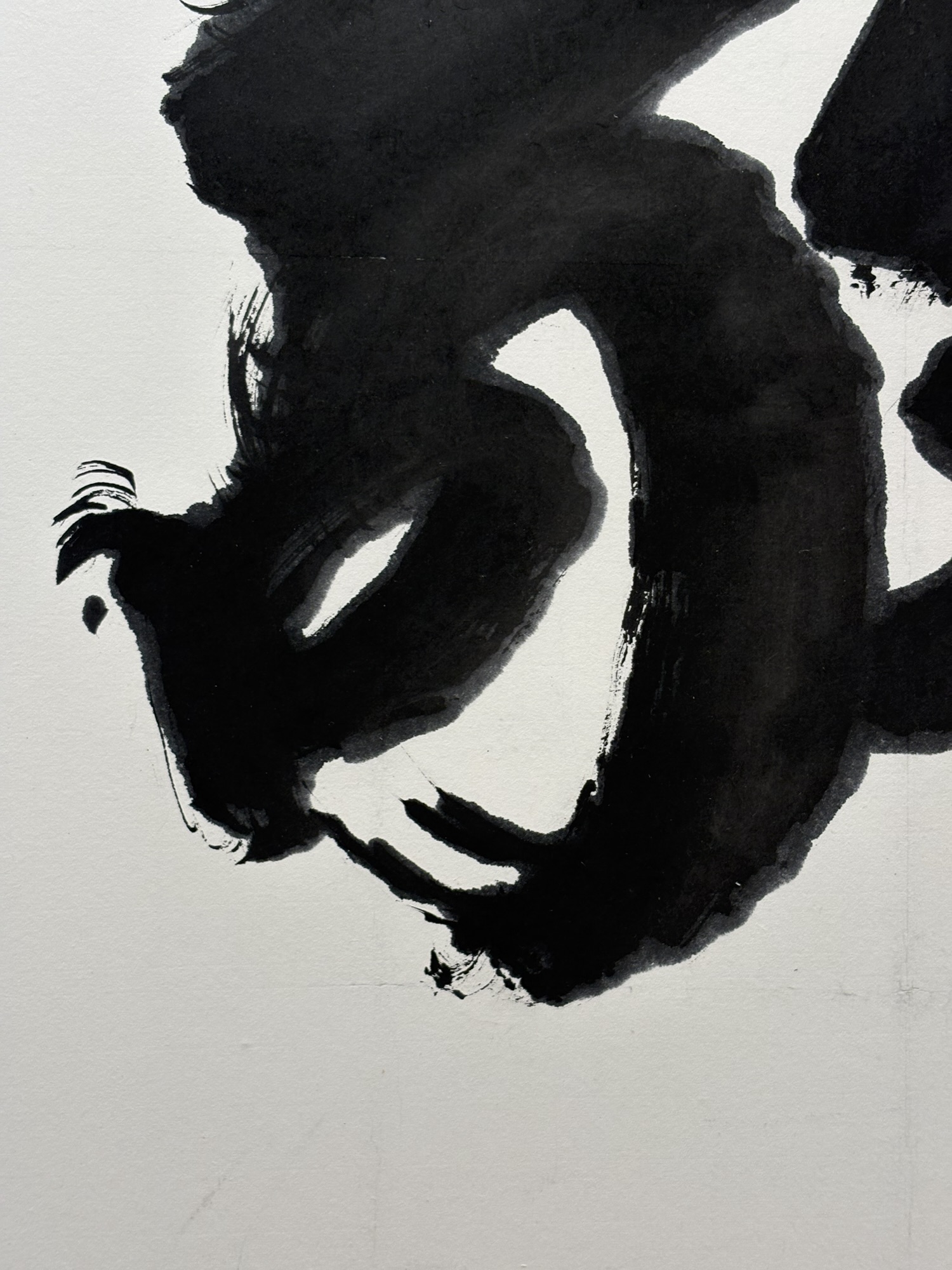In the delicate brushstrokes of Chinese characters, ancient artistry meets modern interpretation. Each stroke holds meaning, a world condensed into form. But sometimes, within the flowing lines, something unexpected emerges — a shape, a shadow, a suggestion.
Within one character lies a monster, quietly nestled within. Not grotesque, not fearsome — just there, watching. It speaks to something universal, something deeply human. The monster isn’t external; it’s within us, too — our fears, desires, ambitions, and complexities, coexisting in fragile harmony.
This discovery isn’t an accusation; it’s a reflection. It’s the recognition that even in beauty, there can be struggle. In the intricacy of Chinese typography, this duality comes alive — harmony and tension, tradition and change, human and inhuman.
„Monster in the Type“ isn’t about criticism. It’s about the power of perspective. It’s about seeing beyond the surface, exploring the narratives hidden in plain sight. A reminder that even in the smallest details, the biggest stories can unfold.

